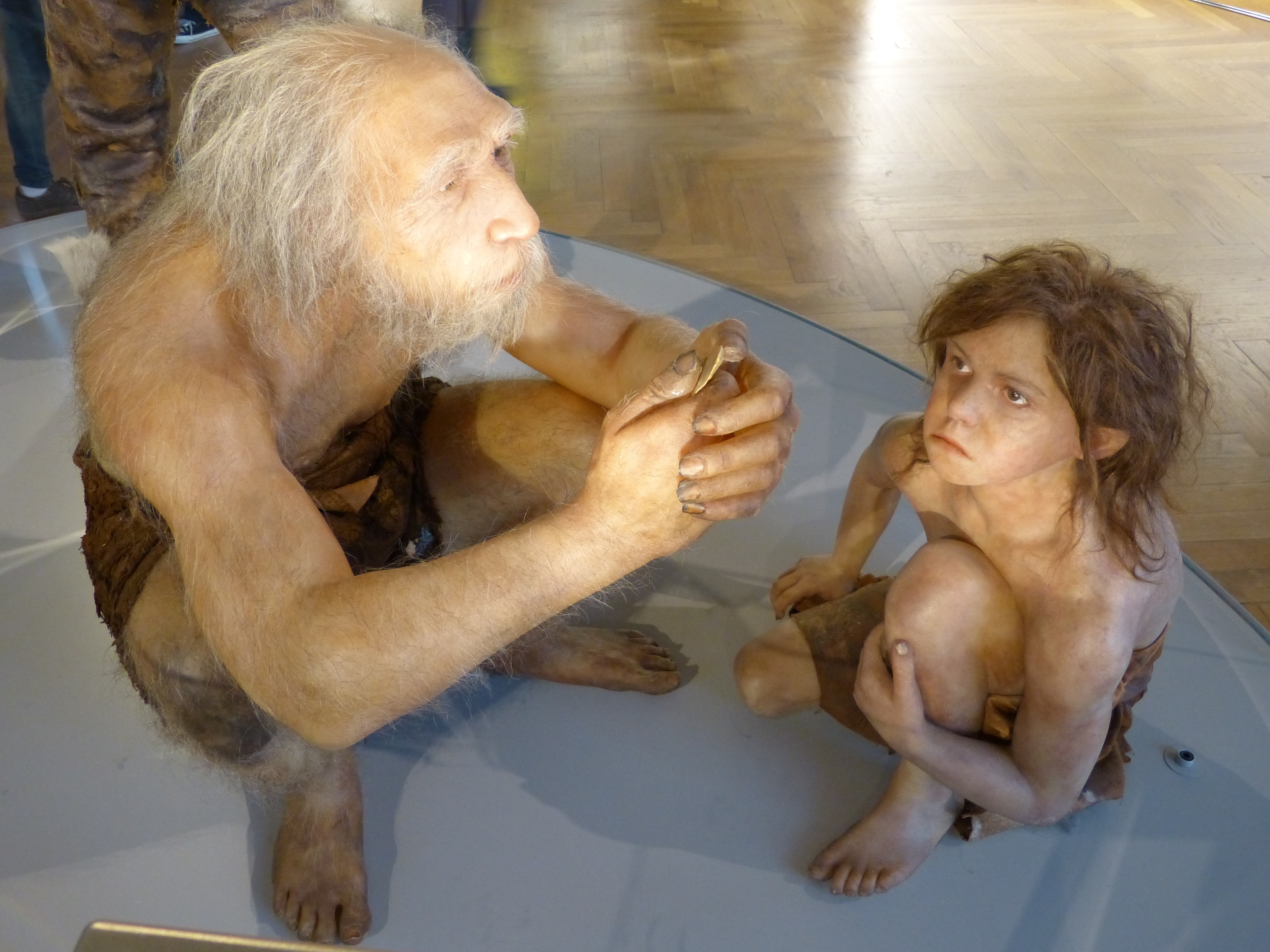Media release
From:
Growth of Neanderthal infants from Krapina (120-130 ka), Croatia
Proceedings of the Royal Society B: Biological Sciences
The growth of Neanderthals is a key research area in human evolution. Yet, their growth in utero and over the months following birth is poorly understood. Here we use virtual histology to reconstruct the development of three Neanderthals from 130,000 years ago using milk teeth, which grow as part of a developing organism. Our study shows that these Neanderthals had an accelerated patten of dental development compared to a typical modern human child. We propose that this would have enabled these Neanderthals to process more demanding supplementary foods at an early age. This is in line with previous evidence, as it would have provided the increased energy required for the rapid brain growth reported for Neanderthal children.



 Australia; QLD; ACT
Australia; QLD; ACT



